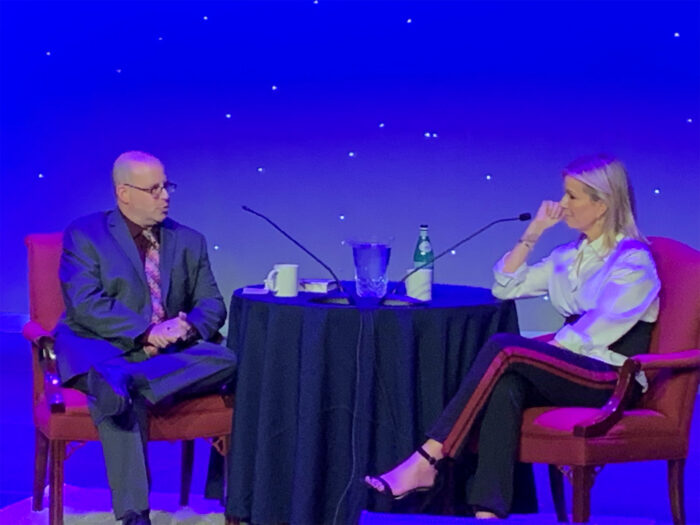
Dr. Jennifer Ashton from ABC News & GMA Shares her Experiences with Mental Health and Suicide at the Chappaqua Performing Arts Center
We need to start looking at mental health and mental illness no differently than we look at physical conditions.
On Sept 26th, Dr. Jennifer Ashton, Ob-Gyn, ABC News Chief Medical Correspondent and Good Morning America (GMA) Medical Correspondent, met with members of our community to discuss her recently released book Life After Suicide: Finding Courage, Comfort & Community After Unthinkable Loss.
Westchester Mental Health Association (MHA) Board Member and mental health advocate Sean A. Mayer, who lost his brother to suicide several years ago, joined Dr. Ashton for this discussion; the latest in an ongoing series MHA has developed to educate the public about mental health.
The loss of a loved one to mental illness leaves unimaginable devastation. Ashton experienced this loss first hand in 2017. She pointed out that same year, over 47,000 Americans died by suicide. It is estimated that for every person who dies by suicide 135 people are directly affected. That means over 6 million people are impacted every year. Despite the enormity of this issue, she still felt very much alone.
Ashton and Mayer spoke of sadness, anger, guilt and how one is never prepared for suicide. Ashton’s world seemed to fall apart; she used the metaphor of a plate shattering to describe how she had felt. She was baffled by questions like: What did I miss? Was this my fault? She recalled others remarking: How could this happen; everything looked perfect? What is important to realize is that mental illness and suicide are complex issues and often not a reflection of what is seen on the outside.
As a survivor of suicide, the last thing Ashton wanted to do was to defend the father of her children during this difficult time. Suicide is misunderstood; many think of it as cowardice and selfish. She pointed out that it takes the antithesis of cowardice to take your own life. People who have attempted suicide explain that they were doing it for other people. They feel that they are a burden; that those they love would be better off without them. Mayer offered a helpful explanation that what people don’t realize is that the victim just wants the pain to end. People can’t wrap their brains around that, but it’s not selfish.

Photos courtesy of Break the Hold Foundation
Mental health and wellness should be looked at with equal importance to physical disease. Ashton referred to the phrase “check up from the neck up” and asked the audience when the last time their health provider inquired about their mental wellness? Similarly, she wonders how often friends and family inquire? “Until we (ask these questions) we are not going to accomplish as much in terms of prevention as we need to, to save people’s lives.” Ashton warns.
“If you have high blood pressure most people don’t have a problem taking a pill or going on a behavioral regiment to treat that. If you feel anxious, depressed or hopeless, there is help available… but we don’t ask for it…. Why? Because we look at it as a weakness. That must change.
We need to look at mental illness like depression and anxiety no differently than cancer or heart disease.”
Our Youth at Risk
Children, teenagers and young adults have poorly developed frontal lobes in their brains; judgement is not their strong suit. Hence, pediatric and adolescent suicides tend to be impulsive whereas adult suicide is often more methodical. Not only do children and teens have a biological explanation for their impulsivity but they also do not have the life experience to provide context to emotional distress. In addition, social media has opened a huge can of worms for the younger generation; cyberbullying is a big issue. We live in an increasingly complicated world. Awareness and support for those of all ages is needed now more than ever.
The strategy of not talking about suicide so the kids don’t find out about it is about as effective as not talking about sex and substance abuse. It’s not going to work to sweep this under the rug.
Lessons in Healing
Two mantras have been helpful to Ashton throughout the healing process: “If you resist, it will persist” and “If you want to heal you have to feel.” Ashton has reevaluated her focus on perfection, strength and accomplishment. She still wants to achieve her goals, but has learned that accepting flaws and allowing herself to feel pain, weakness and failure is what has enabled her to heal. Ultimately, the only option Ashton had was to glue the ugly, flawed pieces of her life back together. Ashton feels her “plate” is stronger now. She is still picking up the pieces, but she is no longer focused on external appearances and she knows she will be ok.
How Can You Help?
Open discussions like this are important in the fight against mental illness and suicide. Increased awareness is making a difference. Last year, New York State became among the first states in the nation to require schools to include mental health instruction in the K-12 health curriculum. Schools are now mandated to teach students skills they can use if they are facing a mental health issue or what to do if another student needs help.
Getting ahead of this mental health crisis is going to require a lot of compassion and nonjudgement. The stigma associated with mental illness is a huge barrier to the resolution of this highly treatable issue. Local resources, like the Break the Hold (BTH) Foundation of Pleasantville, are making strides by providing safe and accessible resources to those who need them. We know how to recognize and react to someone with asthma, allergies and many other medical concerns. Similarly, we need to arm everyone, including kids and teens, with the knowledge of how to identify the signs and symptoms of mental health issues and the skills to help someone in distress.
Special thanks to BTH (bthbreakthehold.org), MHA (mhawestchester.org) and The Westchester County Department of Community Mental Health (mentalhealth.westchestergov.com) for their work to reduce the risk of suicide in our communities. National Suicide Prevention Hotline 1-800-273-TALK, or text 741-741.
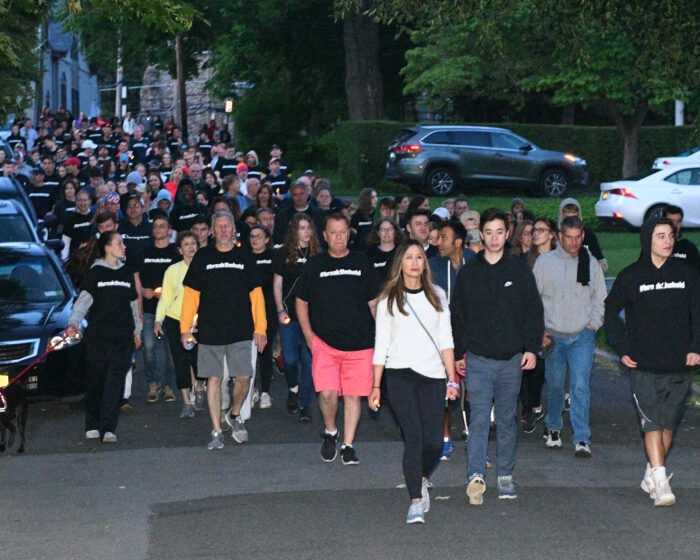
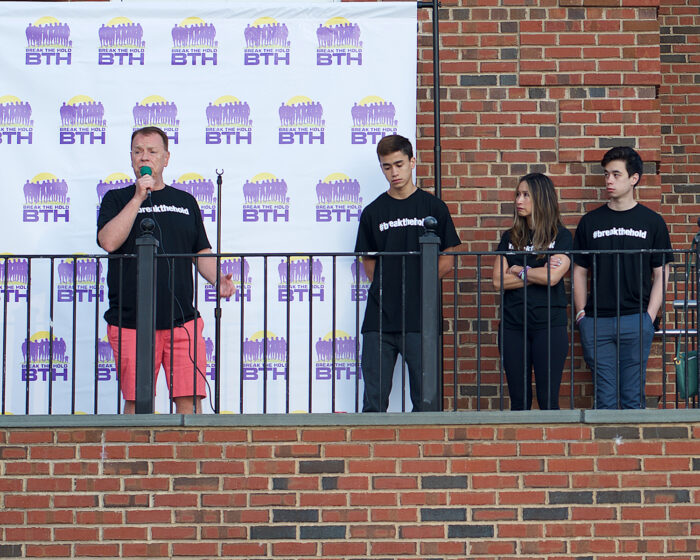
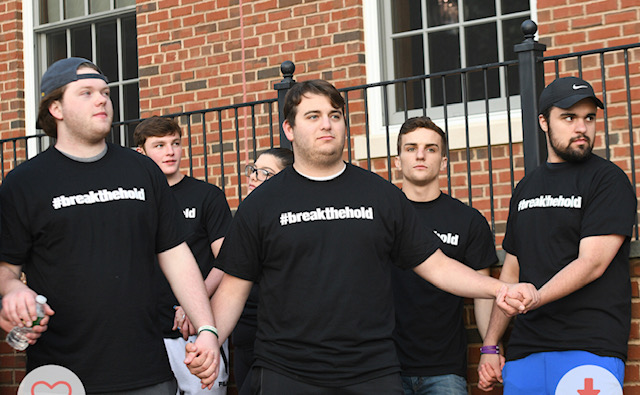
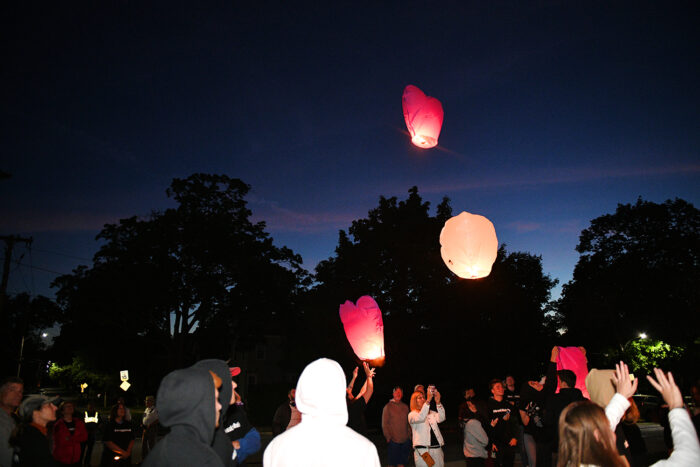

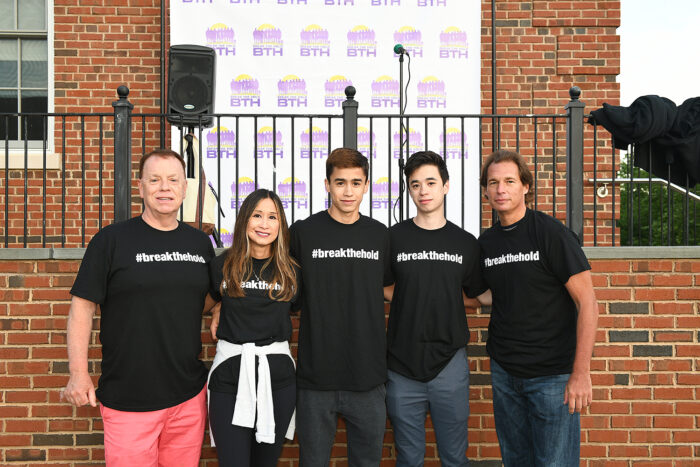
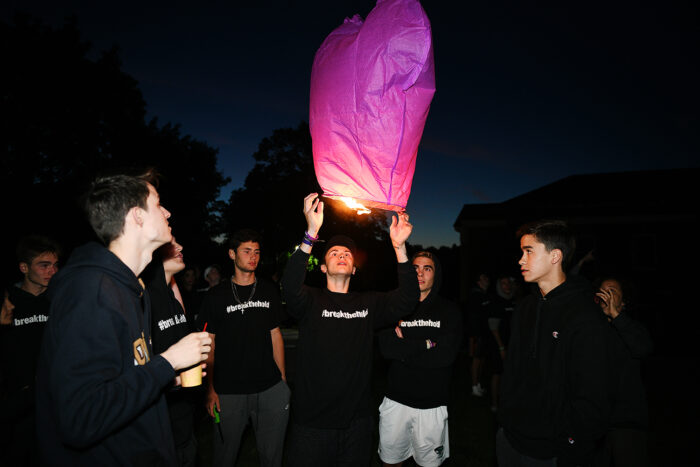
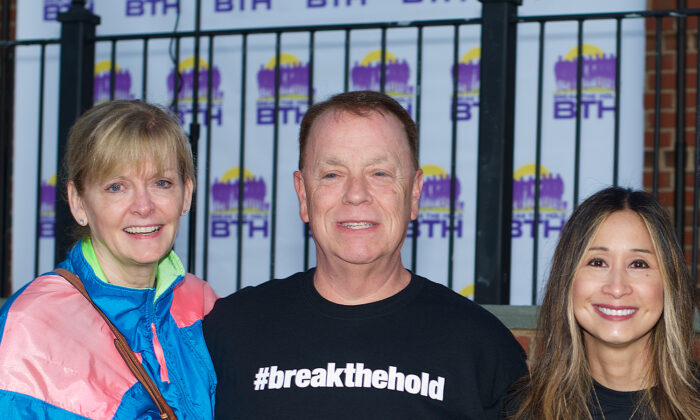

 Brian was a beloved son, brother and friend. He was well-liked, smart and athletic. He was friendly and had a lot of empathy for others. His parents knew he was a good person but “didn’t realize how kind he was”. After he passed away, friends and acquaintances contacted his parents and told them that if Brian saw someone who seemed sad he would not hesitate to reach out to them.
Brian was a beloved son, brother and friend. He was well-liked, smart and athletic. He was friendly and had a lot of empathy for others. His parents knew he was a good person but “didn’t realize how kind he was”. After he passed away, friends and acquaintances contacted his parents and told them that if Brian saw someone who seemed sad he would not hesitate to reach out to them. Full Disclosure: I was not an active follower of either Kate Spade or Anthony Bourdain. In this day and age of social media and celebrity, I certainly knew who both were and what each brought to the table, pun intended. I never purchased the eponymous bag that made Miss Spade a household name. I should have been quite a fan of Mr. Bourdain, but truth be told, watching his programs discouraged me in recent years. I was reminded of all I have lost since the first of three major surgeries left me even more mobility impaired than I had been for the first 42+ years of my life. Additional truth be told, I’m a fashionista wanna-be born in the wrong body and a frustrated hostess with the mostess not to mention a grounded adventurer.
Full Disclosure: I was not an active follower of either Kate Spade or Anthony Bourdain. In this day and age of social media and celebrity, I certainly knew who both were and what each brought to the table, pun intended. I never purchased the eponymous bag that made Miss Spade a household name. I should have been quite a fan of Mr. Bourdain, but truth be told, watching his programs discouraged me in recent years. I was reminded of all I have lost since the first of three major surgeries left me even more mobility impaired than I had been for the first 42+ years of my life. Additional truth be told, I’m a fashionista wanna-be born in the wrong body and a frustrated hostess with the mostess not to mention a grounded adventurer.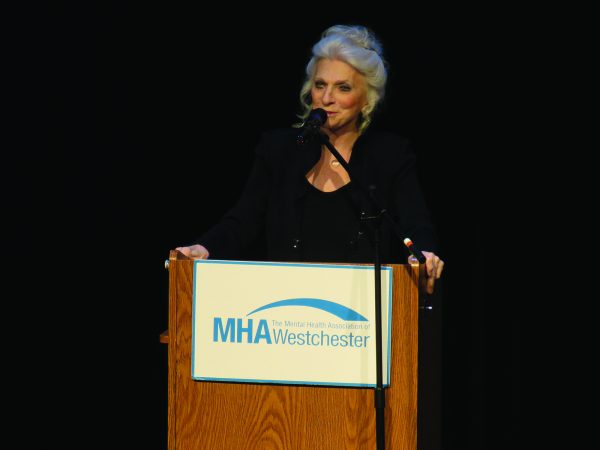
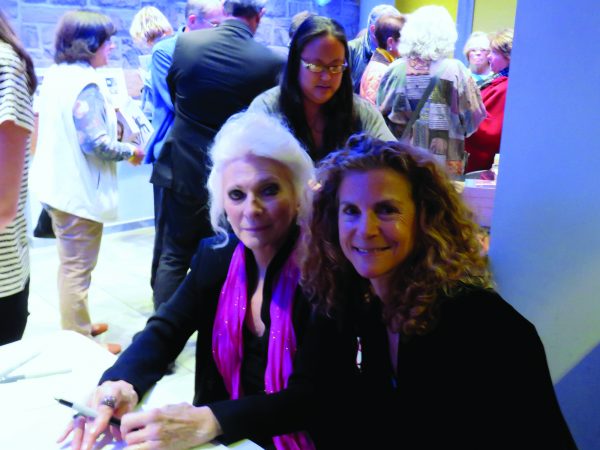
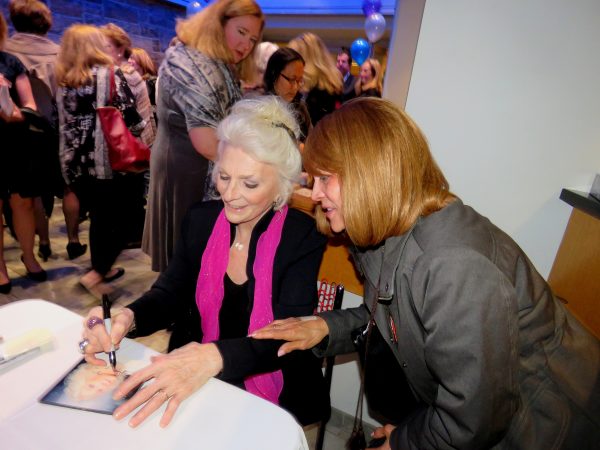
 By Janine Crowley Haynes
By Janine Crowley Haynes